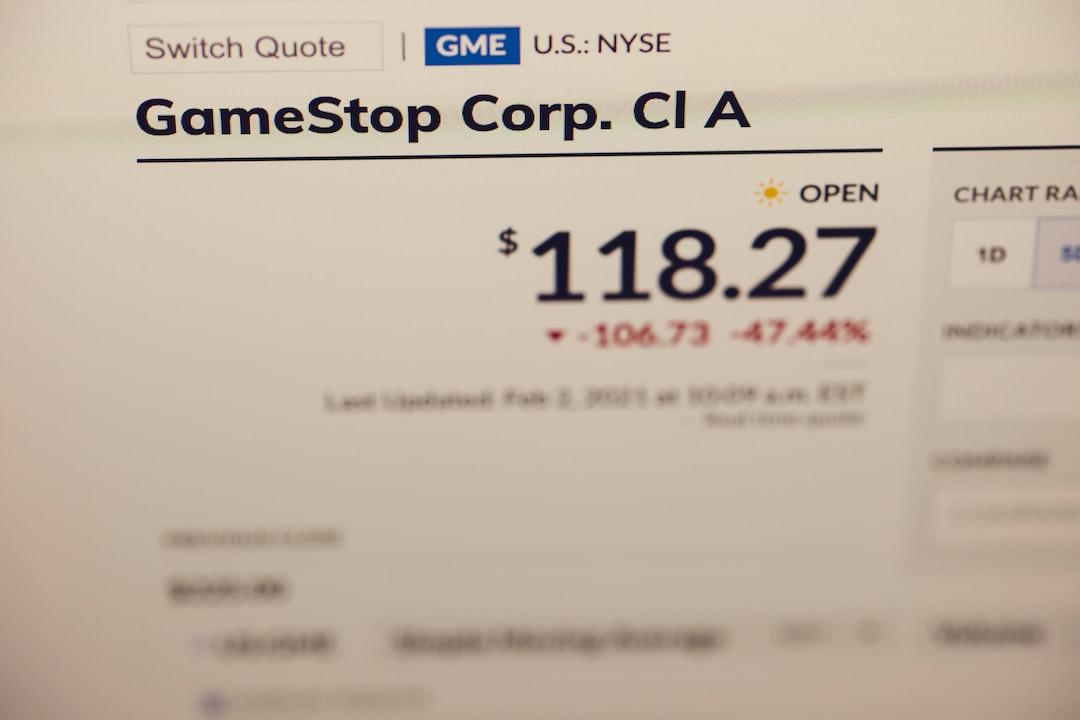Denis Vasin, one of the founders and the main developer behind Storm Trade, presented his innovative project during a Cointelegraph AMA as “the first leverage trading platform integrated with Telegram.” By using Telegram’s wallet, users can easily access Storm’s mini-app to start trading. Denis emphasized, “It’s that simple. With Storm, our goal is to empower Telegram users with financial freedom.”
The idea for Storm Trade initially emerged during the inaugural TON hackathon, where Denis showcased a prototype for a perpetual DEX on the TON blockchain. This concept secured second place, inspiring Denis and his team to further develop the project. Funding was generously provided by TONcoin.Fund (formerly known as TON Ventures). Since its launch on the TON mainnet, Storm Trade has witnessed remarkable growth, with daily trading volumes reaching $5-20 million in just four months. Denis proudly mentioned, “And it’s doubling every month.”
Storm Trade offers a user-friendly mini-app within Telegram, optimized for mobile usage. It allows users to place limit orders, market orders, and execute automated trading strategies. The platform primarily focuses on well-established, high-liquidity blue-chip assets, aligning with Telegram and TON’s objectives of widespread adoption.
Denis explained, “Storm Trade operates as a perpetual futures exchange, dealing with synthetic assets rather than tangible ones. We prioritize liquidity efficiency by not requiring providers to offer separate assets like Bitcoin, Ethereum, or TON.”
Simplified assets
In contrast to conventional DEX models, Storm Trade’s liquidity providers only need to supply one asset (the settlement asset) for all trading pairs. This eliminates the complexity of managing various assets across fragmented pools. The platform utilizes two main pools, TON and USDT, for settlement, resulting in higher liquidity utilization rates (50-100%) compared to traditional DEX models.
To ensure accurate pricing data, Storm Trade leverages oracle solutions such as Pyth Network. The platform implements a funding rate system to mitigate risks for liquidity providers and maintain stability in perpetual futures contracts. Maximum spread limits can prevent trading in case of significant deviations in oracle data. In the event of an economic attack, Storm Trade applies open interest, spread, and price impact limits. The platform undergoes thorough audits by the TON technical team and external firms to identify vulnerabilities in its smart contracts.
When comparing Storm Trade to Telegram trading bots, Denis highlighted, “Bots primarily focus on speed and new coin ‘aping’ with text-based interfaces. Platforms like Unibot cater more to advanced DeFi users, while we target a broader audience.”
Easy setup
During the AMA, Denis described Storm Trade as a mini-application with a genuine trading terminal optimized for mobile devices. “Setting up everything takes just one click, allowing users to initiate trades instantly. Importantly, we are a non-custodial platform, ensuring we do not access users’ keys or hold any funds.”
Denis expressed his admiration for TON’s unique attributes: “It stands out from other blockchains by offering the best prospect for mass adoption, potentially bringing its 800 million users to Web3. TON prioritizes end-users, enabling seamless USDT transfers between Telegram users using their usernames, making it the most convenient and rapid payment system currently available.”
He also highlighted the advantages of TON over other chains, noting Ethereum’s research-oriented approach and Solana’s tech-focused strategy. Denis emphasized the importance of user experience and seamless integration, requiring a layer-1 blockchain capable of handling substantial loads like TON, designed for scalability and high user volumes without the complexities of Ethereum’s layer-2 solutions.
Building on The Open Network
Denis acknowledged the challenges of developing on TON and its current developmental stage: “Building on TON differs greatly from other platforms like Solidity. It involves reinventing programming patterns and managing parallel smart contracts to handle complexities effectively. Despite its technical challenges, TON remains in its nascent stage, lacking development tools that may evolve over time.”
The STORM token TGE is slated for early summer, marking a significant milestone that will enhance trading data and facilitate future developer expansion. Denis anticipates numerous incentives post-token launch, including protocol enhancements, social trading features like contests and copy trading, and continued development based on user feedback.
To learn more about Storm Trade, visit their website.
Disclaimer: This article is sponsored by Storm Trade. While we strive to provide comprehensive information, readers are advised to conduct their research before making any investment decisions. This article does not constitute investment advice.

